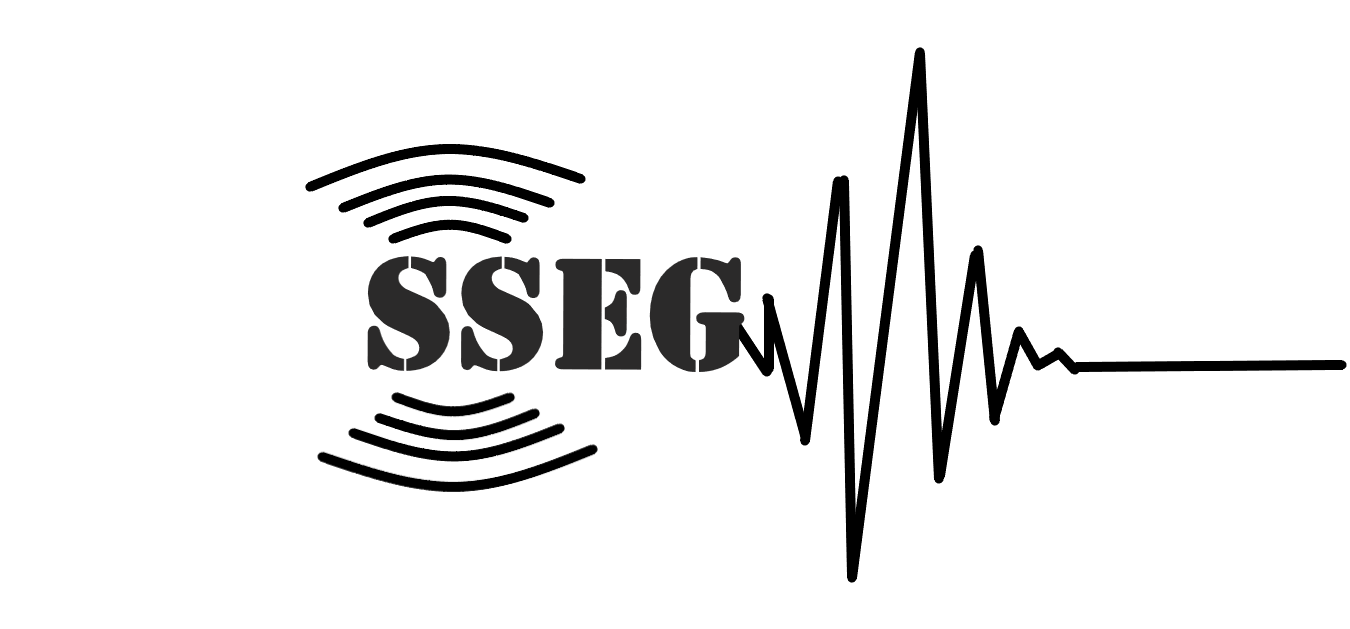Theme / Problem Statement:
RotD100 spectrum is believed to the best definition of intensity measure (IM) to account for the directionality effect and hence, GMPEs based on RotD100 are needed. Unlike other IMs, GMPEs of RotD100 involve prediction of a triplet: RotD100 ordinate, orientation and rotated spectral ordinate. This complexities require a completely different framework to arrive at target spectrum and scaling of a selected suit of motions to match the same. Critical orientation yielding maximum structural demand can be linked with, but not same as, the direction of strongest shaking. The problem statement is to understand the critical orientation and developing associated RotD100 GMPEs.
Research Objectives:
- Developing GMPEs for maximum direction shaking (RotD100)
a. Type-1 GMPE: RotD100 spectral ordinate
b. Type-2 GMPE: RotD100 spectral orientation
c. Type-3 GMPE: Rotated spectral ordinate - Assessing distributions and correlation structures for
a. RotD100 spectral ordinate
b. RotD100 spectral orientation
c. Rotated spectral ordinate - Finding out critical orientation for ground motion pair in a suit when applied to the
base of structures - Proposing new definition of target spectrum consistent with both maximum direction
spectral definition and critical orientation - Developing Algorithm / framework of constructing target spectrum
- Developing a framework for scaling of ground motion suit to match the target
spectrum consistent with the maximum direction shaking and critical orientation. - Application of maximum direction shaking in seismic design with and without (?) site
specific disaggregation results.
Methodology:
Task 1: Assessing suitability of data, preliminary processing and construction of bins
Task-2: Assessing distribution of RotD100 spectral ordinate, RotD100 spectral orientation and
Rotated spectral ordinate.
Task-3: Studying correlation structures of RotD100 spectral ordinate, RotD100 spectral orientation
and Rotated spectral ordinate.
Task 4: Developing Type-1 GMPE: RotD100 spectral ordinate.
Task 5: Developing Type-2 GMPE: RotD100 spectral orientation.
Task 6: Developing Type-3 GMPE: Rotated spectral ordinate.
Task 7: Construction of target spectra for a few representative cases and study the characteristics
Task 8: Scaling of selected ground motion suit to match target spectrum
Task 9: Application of maximum direction shaking in seismic design
Expected Outcome and Deliverables of the Project:
- GMPEs of maximum direction shaking (RotD100) for Indian subcontinent
- Implementation framework for seismic performance assessment
Publication out of this Project:
- Vats, F., Basu, D. On the construction of Joyner-Boore distance (Rjb) for PESMOS and COSMOS databases. J Seismol (2023). https://doi.org/10.1007/s10950-022-10129-1
PDF - Vats, F., & Basu, D. (2021). A computationally efficient framework for rotation dependent and rotation independent intensity measures. Earthquake Engineering & Structural Dynamics, 50(6), 1562-1575.
PDF - Vats, F. and Basu, D., Alternate method to develop ground motion prediction equations: Calibration over Himalayan region. Soil Dyn. Earthq. Eng., 2024, 176, 108312.
PDF

